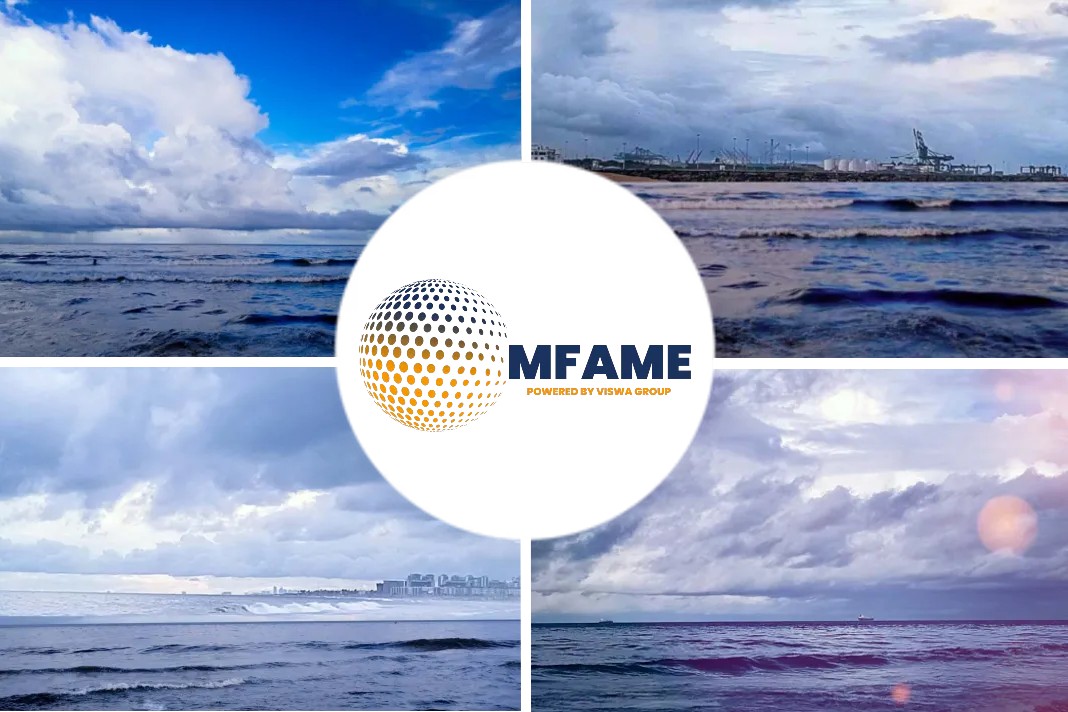- Over-pressurization of vessel tanks when shore pipelines are cleared can cause physical distortion.
- Over-pressurization of liquid cargo tanks during shore pipeline clearing either by line blowing or pigging.
- Pigging introduced product through the vessel cargo manifold and line blowing introduced both product and gas through the manifold.
Over-pressurization of vessel tanks when shore pipelines are cleared can cause…, says an article published on insurance maritime news website.
Over-pressurization
Over-pressurization of vessel tanks when shore pipelines are cleared can cause physical distortion and even rupture of the tanks.
Any overfilling of tanks during pipeline clearing can also result in pollution or personal injury when product escapes through the pressure vacuum valve, warns Robert Skaare, Arendal-based Senior Claims Executive at Gard.
Line blowing
Skaare wrote that over the years Gard had seen some extensive structural damage resulting from over-pressurization of liquid cargo tanks during shore pipeline clearing either by line blowing or pigging.
Line blowing is clearing shore pipeline using compressed air or nitrogen.
Pigging
Pigging is a form of line clearing in which an object, most often in the form of a rubber sphere or cylinder known as a “pig”, is pushed through the shore pipeline by a liquid or by compressed gas.
A pig may be used to clear the pipeline completely, in which case it will usually be propelled by compressed gas, or to follow a previous grade of cargo to ensure that the pipeline remains as free of product as possible, in which case it is likely to be propelled by the next grade.
Such operation was necessary to prevent mixing of grades or products in the shore pipeline to avoid cargo contamination and to ensure the line is ready for the next operation.
Causes of structural damage to the tanks
Pigging introduced product through the vessel cargo manifold and line blowing introduced both product and gas through the manifold. Skaare said that the immediate causes of structural damage to the tanks included:
- gas being supplied at a too high volume compared to the capacity of the ship’s tank vent system arrangement
- the amount of cargo being pushed into the ship’s cargo tank being too large compared to the tank ullage available
- the cargo coming at too fast a rate
Due to the volume being displaced into the cargo tank during pipeline clearing, Skaare wrote that it was extremely important that this flow was controlled at the manifold with the manifold valve.
Did you subscribe to our daily newsletter?
It’s Free! Click here to Subscribe!
Source: insurance maritime news






















